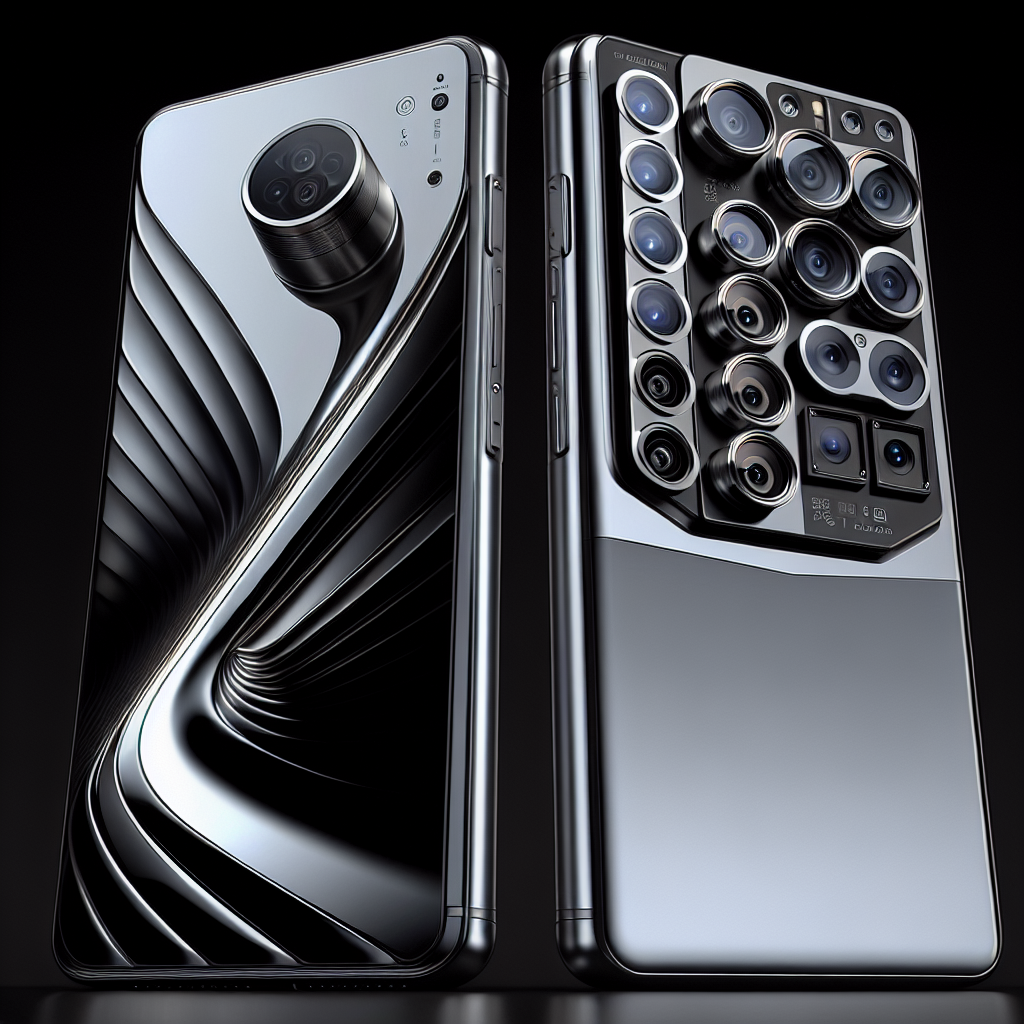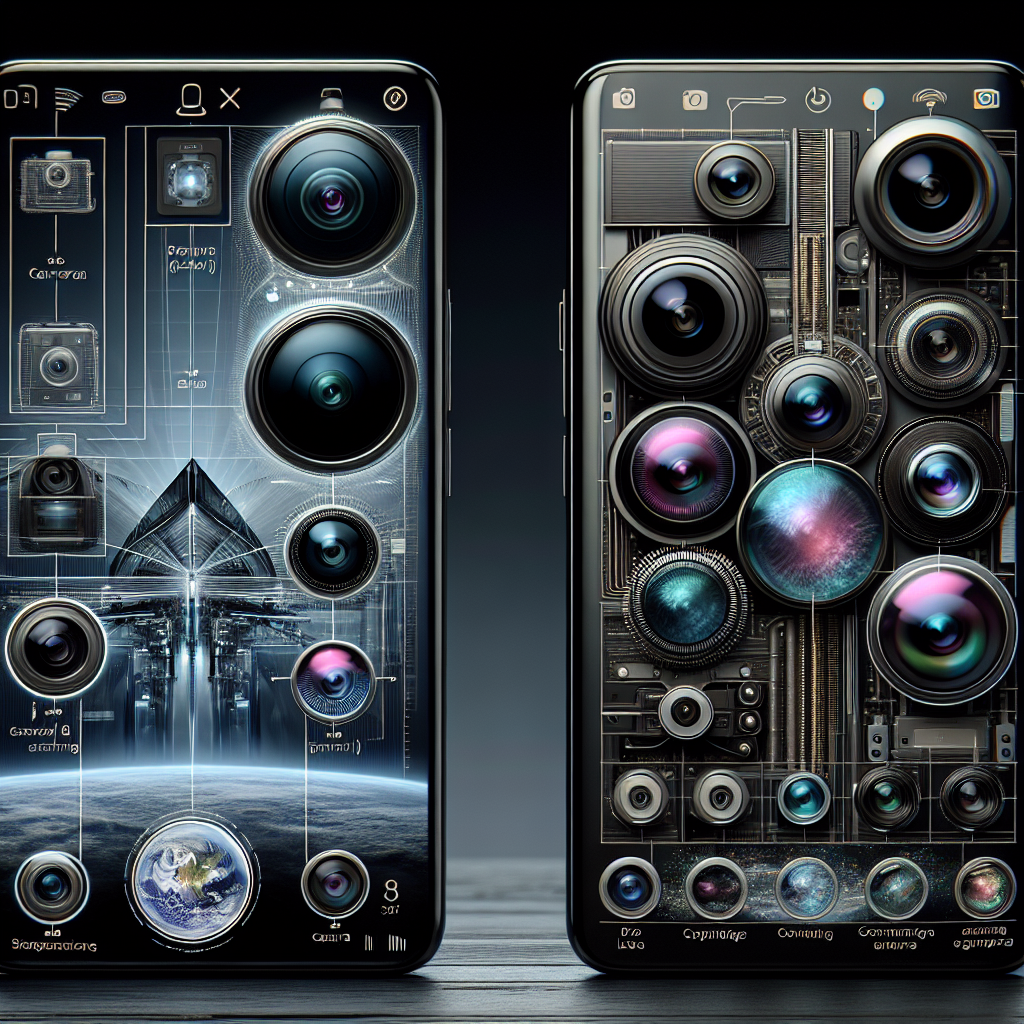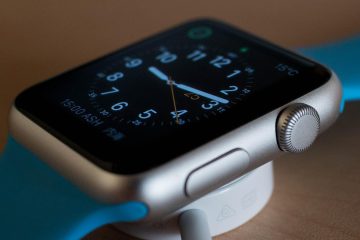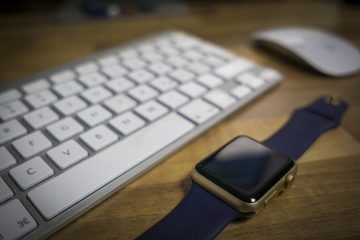Comparing the iPhone 17 Pro Max camera to Galaxy Ultra
A quick note on scope
My latest training data doesn’t include confirmed details for the iPhone 17 Pro Max, and “Galaxy Ultra” could refer to different Samsung flagships across years (for example, the S23 Ultra, S24 Ultra, or S25 Ultra). The comparison below focuses on the camera experience and long-running trends between Apple’s recent Pro Max iPhones and Samsung’s recent Galaxy Ultra phones. If you share exact specs or a specific Galaxy model, I can tailor this to concrete hardware.
Imaging philosophy
– Apple: Prioritizes consistent, natural color with accurate skin tones and restrained sharpening. The look is cohesive across lenses and lighting, with a focus on realism and dependable results out of the box.
– Samsung: Prioritizes versatility and punch. Colors often appear more vivid, with crisper micro-contrast and more aggressive sharpening. You get more “pop” at a glance, especially on social media, though it can look less natural in certain scenes.
Main camera results
– Apple: Tends to deliver highly consistent exposure and white balance, excellent dynamic range, and strong highlight control. Motion handling is reliable, reducing blur on moving subjects. Apple leans on computational methods to enhance detail from moderate-resolution sensors without over-sharpening.
– Samsung: Recent Ultra models typically use very high-resolution main sensors, enabling excellent detail in good light and flexible crop-based zoom at 2x–3x. HDR is bright and punchy, and scene recognition can enhance skies, foliage, and architecture. In tricky mixed light, white balance can vary a bit more than Apple’s.
Zoom and telephoto
– Apple: Emphasizes quality at native optical steps and mid-range zoom. Portraits at 2x or 5x often look natural, with pleasing subject isolation and skin tones. At very long zoom distances, Apple’s results are usable but generally trail Samsung in fine detail.
– Samsung: Galaxy Ultra phones are known for zoom range. With high-resolution telephoto sensors and sophisticated multi-frame processing, they pull ahead at long-range shots (wildlife, stadiums, cityscapes). Expect stronger detail at 10x and beyond, though processing can introduce a sharper, more digital look.
Ultrawide, macro, and consistency across lenses
– Apple: Strong lens-to-lens consistency in color and exposure, making multi-focal storytelling feel seamless. Macro (when supported) looks natural and avoids heavy contrast shifts, with restrained edge sharpening.

– Samsung: Ultrawide is vibrant, with pronounced clarity. Macro modes can appear extra crisp, which many users like for textures and food, though color and tone can differ slightly from the main camera.
Low light and HDR behavior
– Apple: Leans toward a more natural night look—controlled highlights, realistic contrast, and careful noise reduction that preserves detail without waxiness. Smart HDR aims to protect skin tones while maintaining realism in difficult lighting.
– Samsung: Night images tend to be brighter and more contrasty, with bold color. Multi-frame stacking pulls out impressive detail, but may smooth skin or push saturation depending on the scene. HDR can make images punchier, especially in city lights and nightlife.
Video quality and tools
– Apple: Industry-leading stability, color fidelity, and skin tones, with reliable autofocus and minimal rolling shutter. Pro-grade features like Log capture and ProRes (on compatible models) integrate smoothly with editing workflows. Low-light video remains a standout for cleanliness and consistency.
– Samsung: Feature-rich with wide codec and resolution options (including very high-resolution modes), robust stabilization, and comprehensive controls. Colors are vivid and sharp, excellent for direct sharing. In pro workflows, Samsung’s tools are flexible, though Apple often edges out in tonal consistency and highlight control.
Computational photography and AI features
– Apple: Emphasizes subtle computational blending—Deep Fusion, refined HDR, and selective subject isolation. The goal is to look natural while still benefiting from heavy processing, with minimal halos and artifacts.
– Samsung: Embraces AI-enhanced features more overtly—detail enhancement in zoom, scene-optimized processing, and advanced night modes. Results are dramatic and share-ready, with the option to dial things back in Pro/Expert modes.
Pro modes, RAW, and creator workflows
– Apple: Apple ProRAW balances sensor data with computational benefits, giving editors flexible files without massive complexity. ProRes and Log video integrate cleanly into Final Cut Pro and other NLEs. Third‑party iOS camera apps are mature and plentiful.
– Samsung: Expert RAW offers high-resolution, multi-frame DNGs with strong latitude. Video supports high-res capture and advanced controls, with good compatibility across Android editing apps. You get fine-grained manual control in-camera without relying as heavily on third-party tools.

Reliability, speed, and thermals
– Apple: The camera app is fast and predictable, with minimal lag when switching lenses or modes. Thermal management tends to keep video capture stable over longer takes, especially at standard frame rates and resolutions.
– Samsung: Packed with modes and options. Performance is very good, though extremely high-resolution video or long-duration clips can push thermals depending on conditions. The trade-off is access to more on-device controls and formats.
Use-case guidance
– Portraits and people: iPhone for lifelike skin tones and consistent depth mapping; Galaxy Ultra for punchier looks and extra reach for candid portraits.
– Travel and landscapes: Galaxy Ultra for long zoom versatility and dramatic HDR; iPhone for balanced color and highlight control in complex scenes.
– Low-light video and social content: iPhone for stable, clean footage with natural color; Galaxy Ultra for bold, crisp clips with flexible resolution options.
– Macro and textures: Galaxy Ultra for hyper-detailed, vibrant close-ups; iPhone for realistic texture without overprocessing.
– Pro workflows: iPhone for seamless ProRes/Log and iOS app ecosystem; Galaxy Ultra for Expert RAW flexibility and on-device manual control.
Bottom line
– Choose iPhone 17 Pro Max if you value natural color, class-leading video reliability, consistent results across lenses, and polished pro workflows with minimal fuss.
– Choose Galaxy Ultra if you want maximum camera versatility, especially long-range zoom, vibrant share-ready photos, extensive shooting modes, and deep manual control.
If you can share the exact Galaxy Ultra model and the confirmed iPhone 17 Pro Max camera specs you’re considering, I can provide a spec-accurate, point-by-point comparison.




